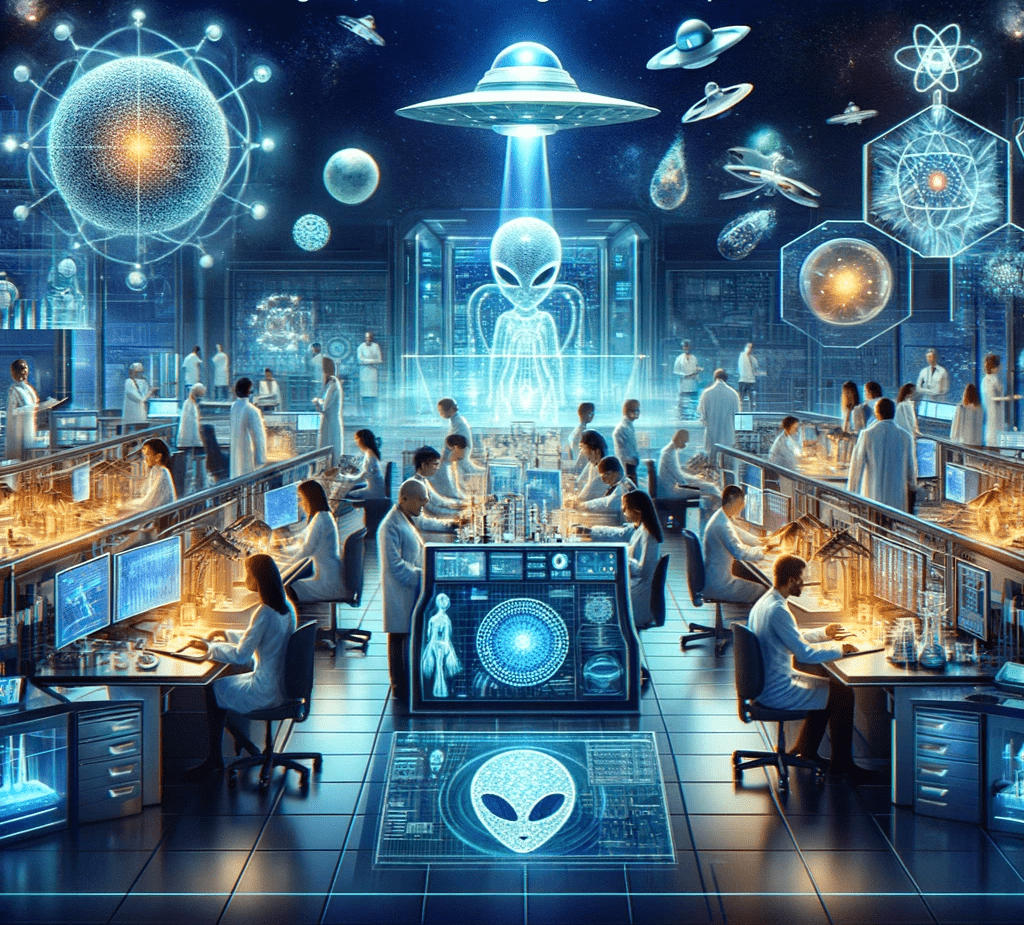Office of Critical and Emerging Technology

The U.S. Department of Energy (DOE) has taken a significant step towards ensuring its leadership in critical and emerging technology (CET) sectors by announcing the establishment of the Office of Critical and Emerging Technology. This newly formed office, led by Helena Fu, is poised to play a pivotal role in harnessing the DOE’s wide-ranging assets and expertise to drive advancements in key technological domains, including artificial intelligence (AI), biotechnology, quantum computing, and semiconductors.
Since its inception, the DOE’s National Laboratories have been at the forefront of the nation’s scientific and technological progress. The DOE recognizes the importance of preparing for the future and ensuring that, as new technologies emerge, the United States continues to lead the way in exploring these frontiers. This commitment to innovation and leadership is central to the DOE’s mission.
Major advances in CET have the potential to bring about extraordinary benefits for the U.S. economy and national security. However, they also come with significant risks. The DOE’s new Office of Critical and Emerging Technology will focus its efforts on addressing these challenges and ensuring that the Department’s capabilities contribute to solving critical issues in science, energy, and security. This dual approach of harnessing potential and managing risks underscores the DOE’s commitment to responsible technological advancement.
The timing of this announcement is intriguing, as it comes amidst a backdrop of increasing public interest in unidentified flying objects (UFOs) and potential alien technology. There have been claims that UFOs can generate significant amounts of energy, potentially through technologies like cold fusion, and have the capability to travel at high speeds that defy our current understanding of physics. Furthermore, there have been reports of crash retrieval programs and reverse engineering efforts related to UFO technology.
Notably, whistleblowers like David Grusch have come forward with claims of government involvement in these programs. It is rumored that more whistleblowers are preparing to step forward with additional revelations. This has led to speculation that the DOE, through the establishment of the Office of Critical and Emerging Technology, may be positioning itself to get ahead of the disclosure process and potentially play a role in the exploration and evaluation of advanced technologies that have been the subject of UFO-related discussions.
The new office also aligns with President Biden’s executive order on AI, which tasks the DOE with coordinating the Department’s use of AI, managing associated risks, and promoting innovation.
The Office of Critical and Emerging Technology will report to the Under Secretary for Science and Innovation and will collaborate across the Department, including its 17 National Laboratories and numerous university research and development programs. This integrated approach ensures that the federal government, in collaboration with the private sector and academia, remains at the forefront of research, development, and deployment of key innovations that impact U.S. competitiveness and security.
The establishment of the Office of Critical and Emerging Technology by the U.S. Department of Energy represents a forward-looking approach to technological advancement. It reflects the DOE’s commitment to maintaining its leadership role in science, technology, and innovation, while also acknowledging the significance of managing risks associated with emerging technologies. The office’s role in the context of increasing public interest in UFOs adds an element of intrigue to its mission and potential areas of involvement within the DOE’s National Laboratories. As the world continues to witness rapid advancements in technology, the DOE’s proactive stance positions it as a key player in shaping the future of critical and emerging technologies.

